
Been waiting a while to write this post. We got back to the UK 10 days ago, but it’s never quite flowed out (although to be fair other energies were ‘flowing out’ of me on the flight home – which made for an uncomfortable few days / effective diet plan – and we did also came back to a very busy season in family, church and SOMA life).
But this trip deserves a good telling. It had multiple ingredients that came together to make it an extraordinary learning experience. I’ll try and list them:
- Intergenerational & international team: We had Brits in their teens, twenties and forties, Canadians in their sixties and Ugandans in their twenties, thirties and seventies for the central part of the mission trip (Kasese) This was a fantastic dynamic.
- Multiple ministry locations: We were able to minister in four dioceses and visit a fifth.
- Rekindling old relationships: Ken and Yvonne were able to make a very moving visit to Mityana for the memorial celebration of a wonderful SOMA team member, Edith. Her husband and son then were a key part of the teaching team in Kasese, speaking on marriage and family with great authority and cultural relevance.
- Returning to reap rewards: Ella and I got to retrace the visit I had done in 2018 to attend the opening of the Chilli Children outreach centre in Rukunguri. Some families came in specially on the Saturday to meet with Emily, Alice and the two of us, and it was incredible to see the ongoing fruit from this Christ Church W4 sponsored project (part of our ‘tithe’ offering after doing building works here in UK).
- Returning to celebrate growth and marriage: It was a huge joy to visit with Emily and Alfred as their long-awaited marriage flourishes, their business and non-profit grow and they prepare to build a home for good in the Rukunguri hillside.
- Seeing how much a short term visit can help: Alice, Emily’s sister was in Rukinguri with us. She had great training in the UK in political and charity sectors and had spent three months in Rukunguri helping develop an amazing strategic plan for the non-profit, surveying the community with Emily, analysing needs and writing it up expertly. A huge impact from a well used three months.
- Of course, returning to the Rukunguri prison with pastor Paul was a highlight, as was preaching at All Saints to 15 rows+ of school children in front of the regular English congregation.
Kasese (South Ruwenzori Diocese) deserves its own section:
- A chance to celebrate the impact of determined and focused local leadership. The diocese has some key drivers of vision, from the Bishop to other ordained women and men. This is a place with a vision to transform the nation/nations and they really do want to go for it.
- It’s worth mentioning how impressive the women who are clergy were in the diocese. We met several who seemed exceptional. The first women were ordained in Uganda in 1972 about 10 years before they were in England, but they have experienced a stained-glass ceiling
- The prayer mountain: What a vision, just above the diocesan retreat house and Cathedral area is a mountain bought by a former Bishop, that has been planted with trees (for shade/fruit/timber) and gradually has become ‘Mount Tabor’ (the mountain where Jesus had his transfiguration).
- God working through a conference for clergy and spouses, creating time and space to be away (quite a costly thing when many had children – their own and others – to arrange care for too).
- The chance to speak to an estimated 1-2million people on Radio Messiah, reaching across the eastern part of DRC Congo which shares a language with Kasese, telling stories of Muslims back home impacted by the prodigal son/Father story.
- A brilliant Diocesan Missioner who is helping pioneer many things, from weekly radio broadcasts to spending nights on the prayer mountain.
- The opportunity to talk with Bishop Nason about his diocese becoming a renewal centre where lives get transformed.
Not everything was easy in Kasese: while we were there that was a tragedy at the flagship Diocesan School. 300 beds and belongings need replacing. We managed to get an article on it published in the Church Times in UK, but not heard much beyond that. If you can help please let me know.

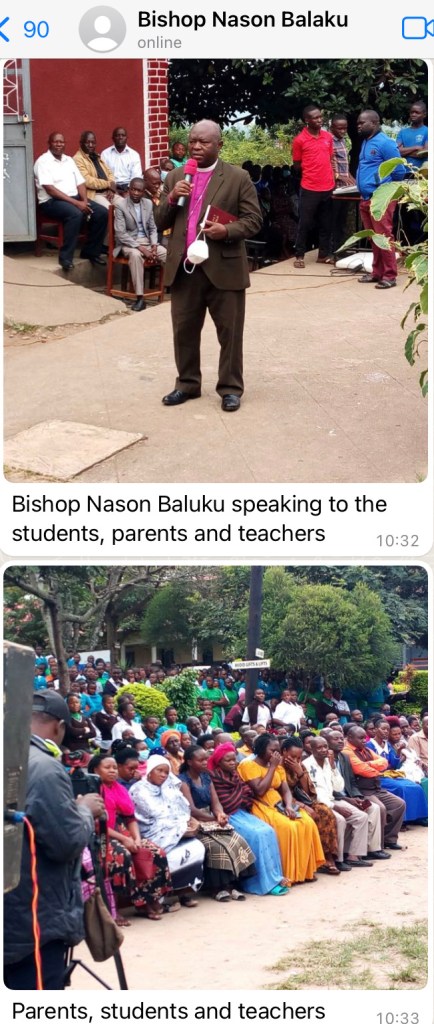
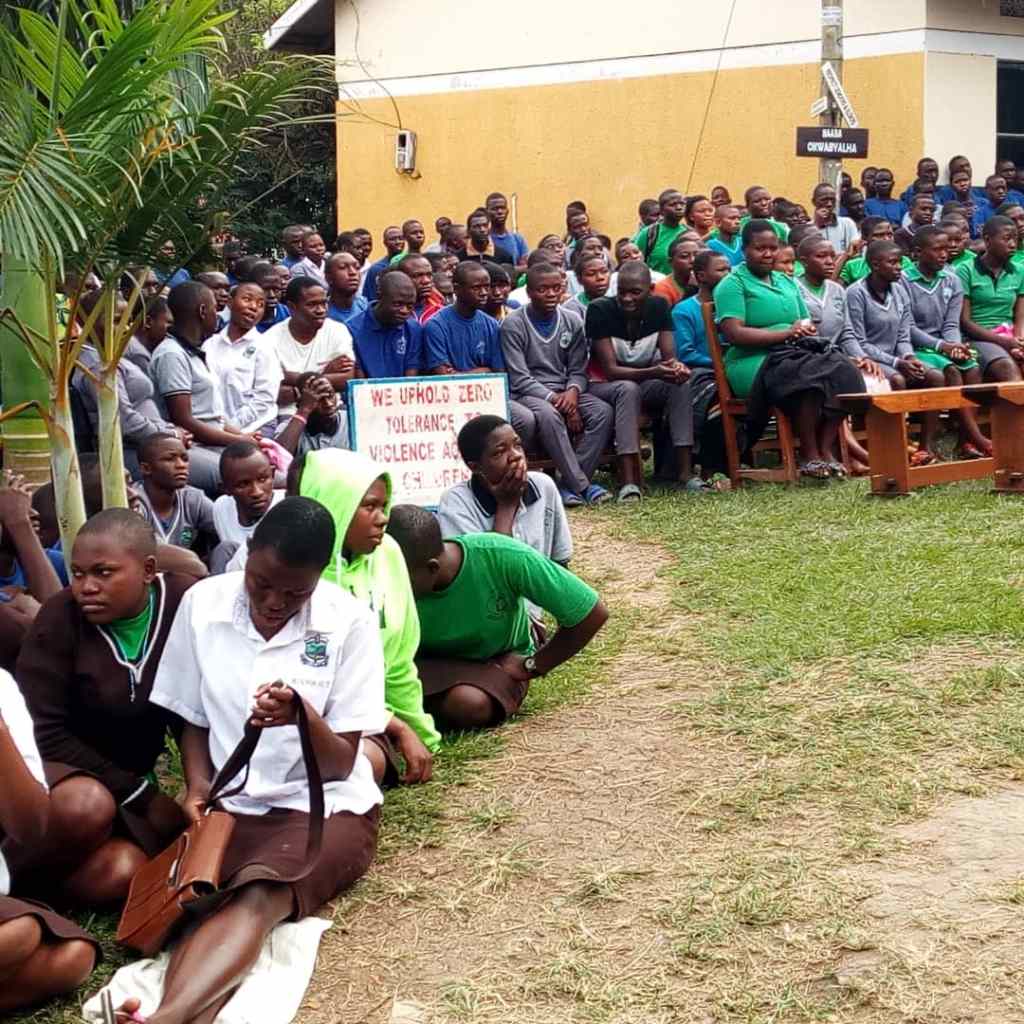
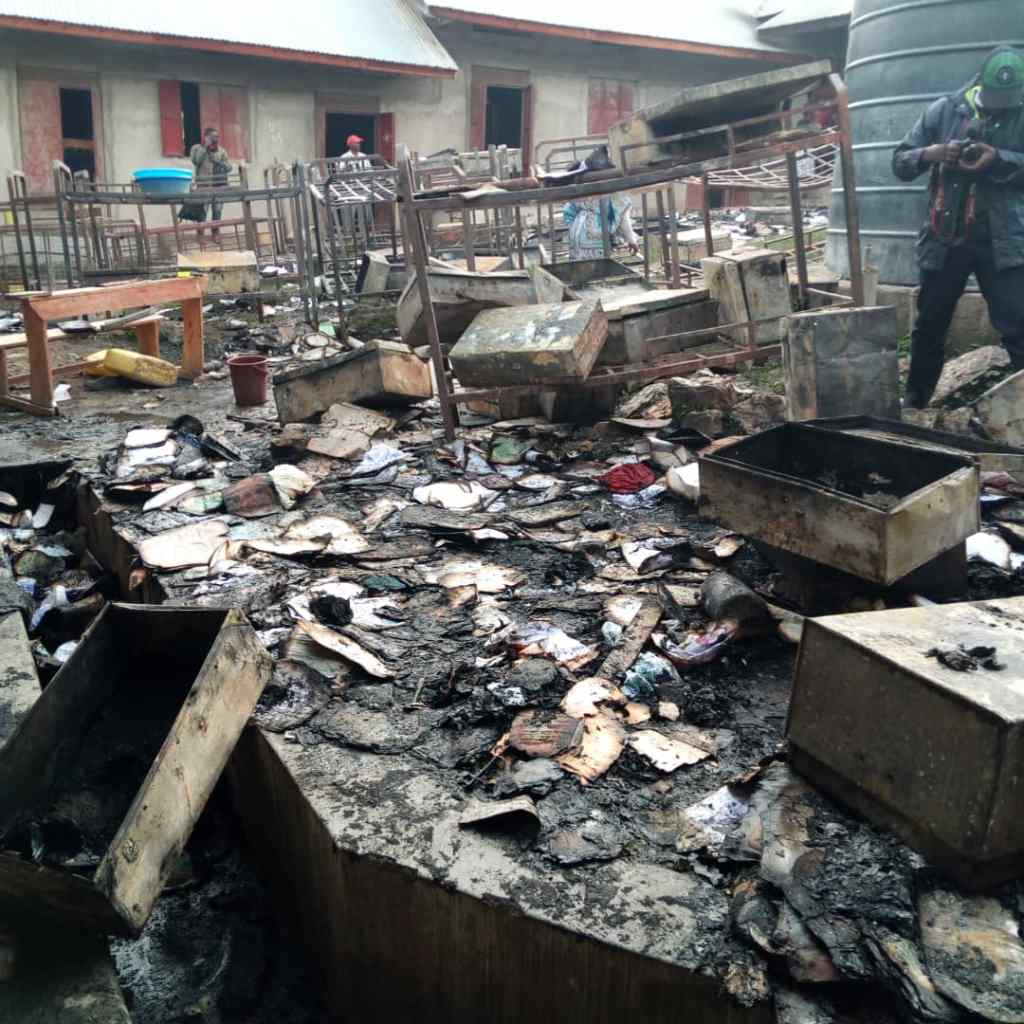


So finally, over to the “DRC Congo” (where the ‘C’ also stands for Congo!) it would not have been the same trip without this section of our journey. We had responded to Bishop Sabiti’s invitation to visit his displaced diocese where Dan and I were heading to Ukraine. He had been so warm about SOMA’s involvement there but asked that we do not forget DRC as so many people have done. The young SOMA team – Monique and Abraham – had embraced this invitation and both been reading up on DRC’s troubled history, but little prepared me for what we found.
Whereas the Ugandan church had by and large had an infectious youthful confidence the displaced diocese from DRC that we met with in an idillic border town setting, had had the wind taken out of them. ‘What you have heard is true’ one priest told us, but the reality is we have heard precious little about the conflicts in the West, although DRC seems to be the backdrop for all sorts of adventure films recently out. On our return a leader sent us a compilation video of atrocities so graphic I could not re-post it here. But what does seeing senseless mutilations of women, children, beheadings, random acts of violence, by raiding marauders do to you over time? They had had to flee their homes and farms (livelihoods) three times in six years. Now most head back over the border day by day into the danger zone of the islamist extremist terror group ADF to tend their smallholdings and then return over the border into the relative safety of Uganda before the 6pm bridge curfew. We reached the bridge at 5:20pm and were surrounded by crowds of young children making the journey in Peter Pan style packs, unaccompanied, curious, playful, smiling, but living through acute trauma.
Gregory, a chatty policeman from Uganda, who had been trained in border patrol by the Israeli Army, accompanied us over the bridge so we could set foot in DRC. He had the ability to scatter children with a wave of the thin stick in his hand. People were bathing under the bridge at the end of a sun-soaked day, carrying on with lives unashamedly, and there was a peculiar sense that all this was normalised now. Life on the edge of a war zone, but life nevertheless, lived out with as much joy and dignity as possible.
We returned to the conference the next day a little more informed as to what these leaders and their people had been through. Ken began with a rally cry, sensing in his spirit that the collected clergy, lay leaders, spouses were in fact ‘special forces’ for the Kingdom, an army for God not armed with machetes, but equipped with spiritual power to change lives. By the time we departed there was a clear sense that that calling had been heard and fresh vigour in the room. Like with every SOMA trip though I’m sure it changed me more than it changed them. It was a privilege to stand with them for a while and learn from their endurance.
The final thing to happen was a wonderful strategic opportunity to visit Kampala, connect with Moses Bushendich from CMS Africa and also to meet with the family of Sam Sanya (a priest from West London) and bring back some supplies for him.
Lots more that could be said… but here’s a few pictures 🙂 God is Good… All The Time.
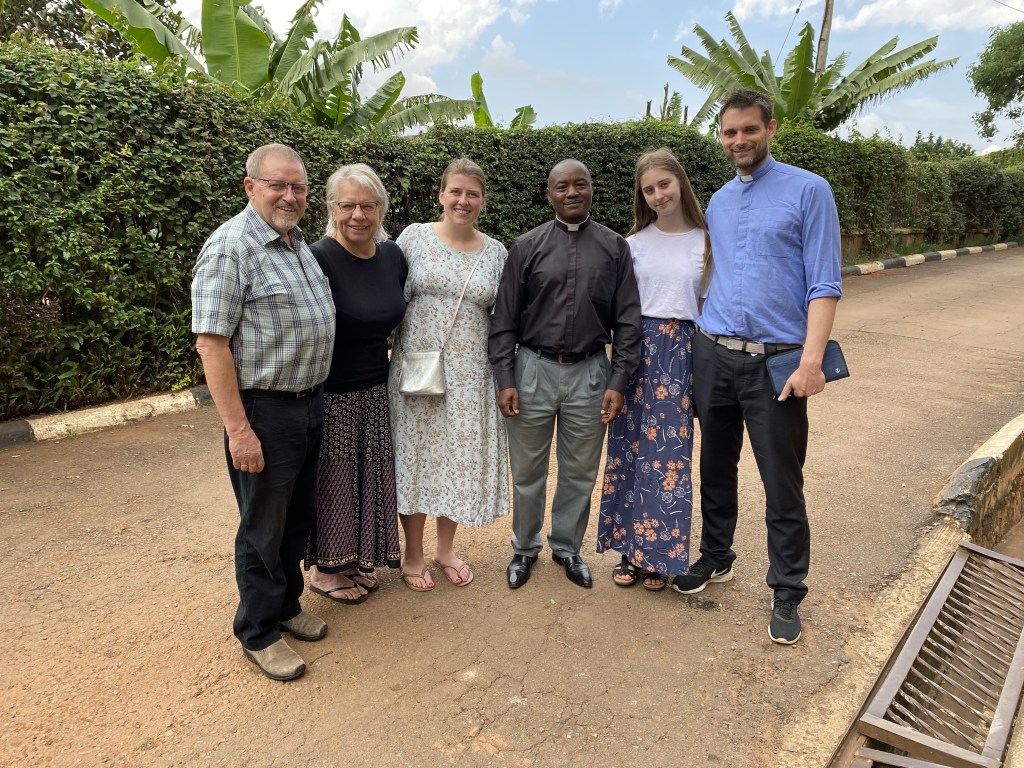



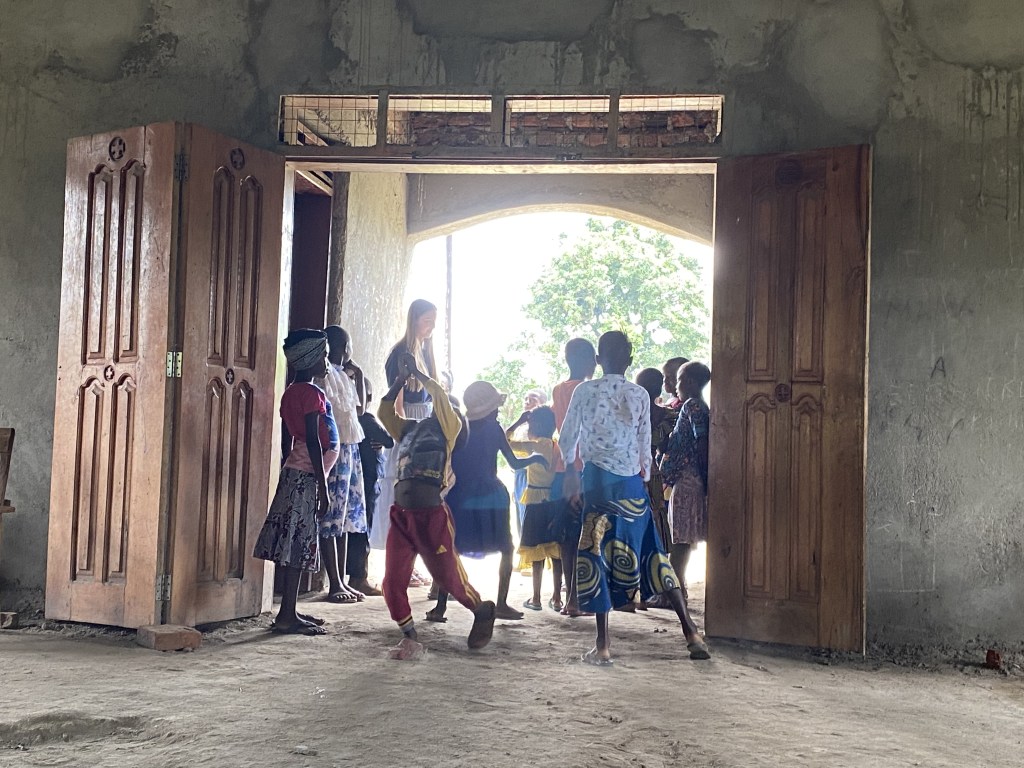

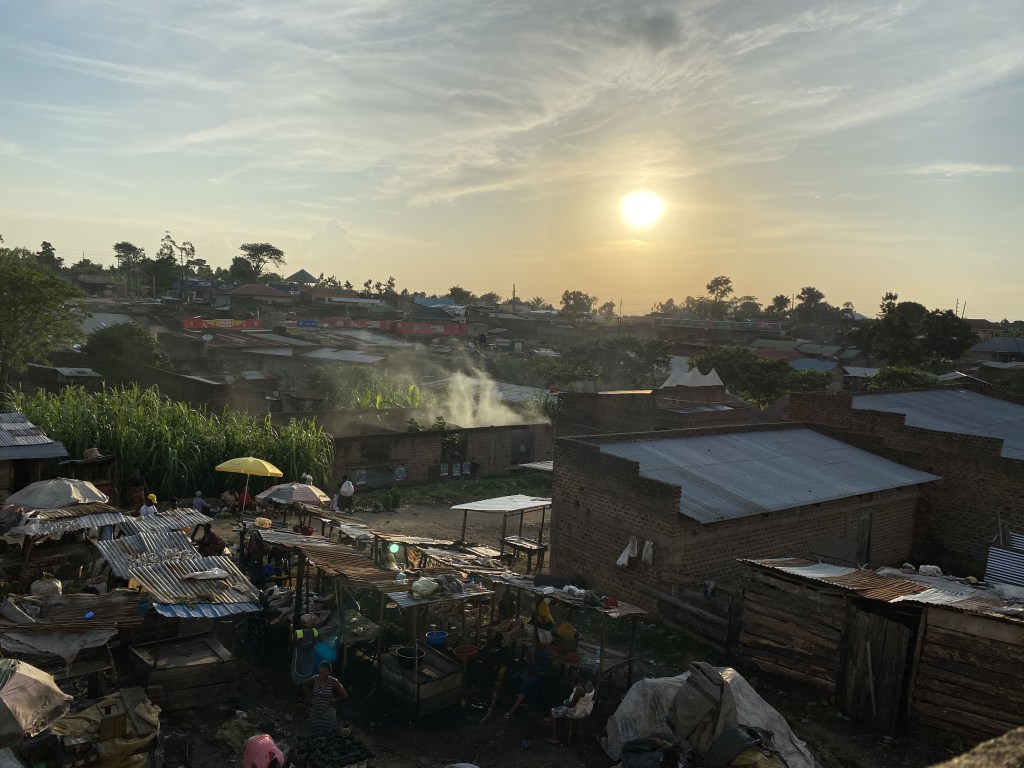

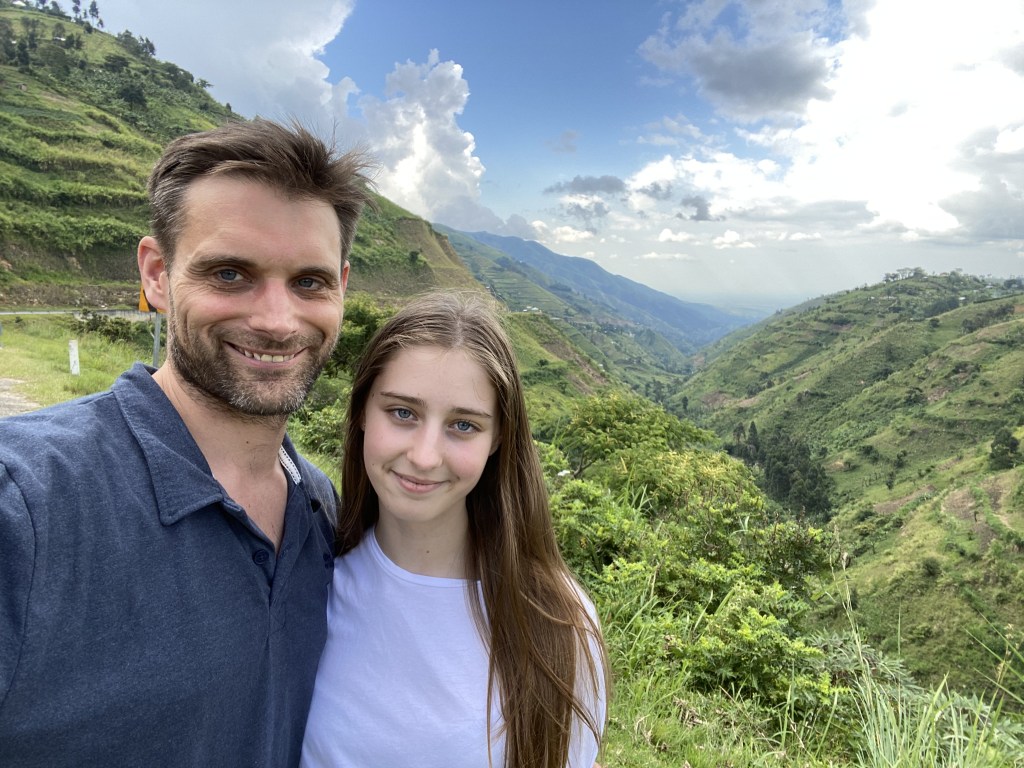
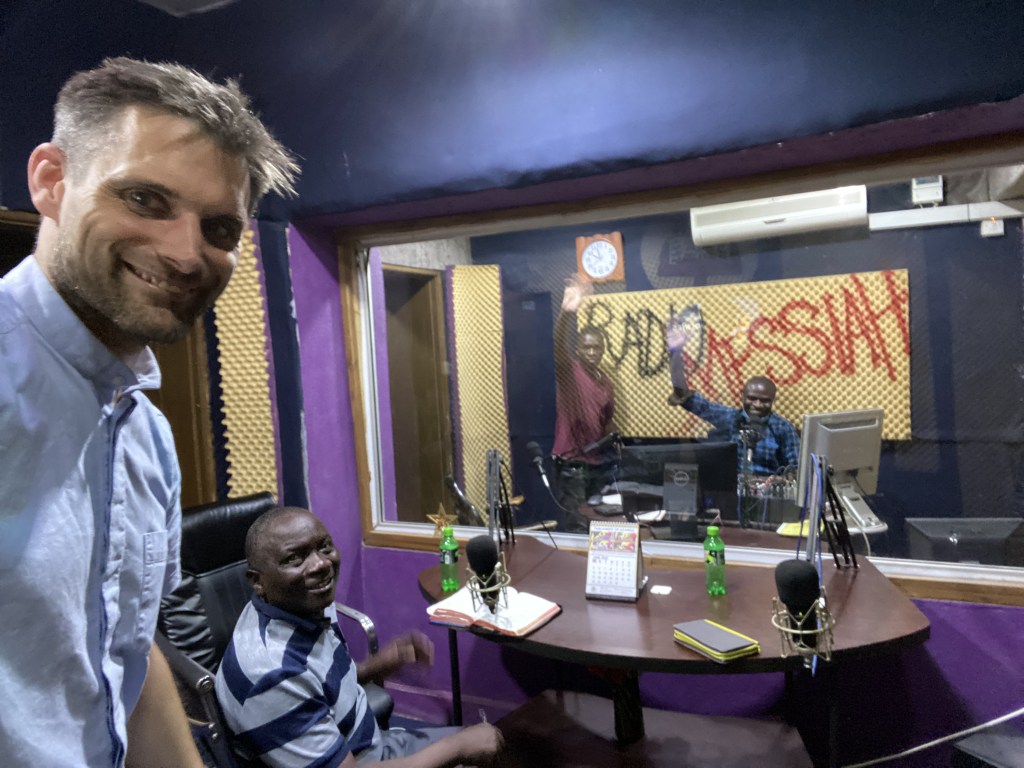

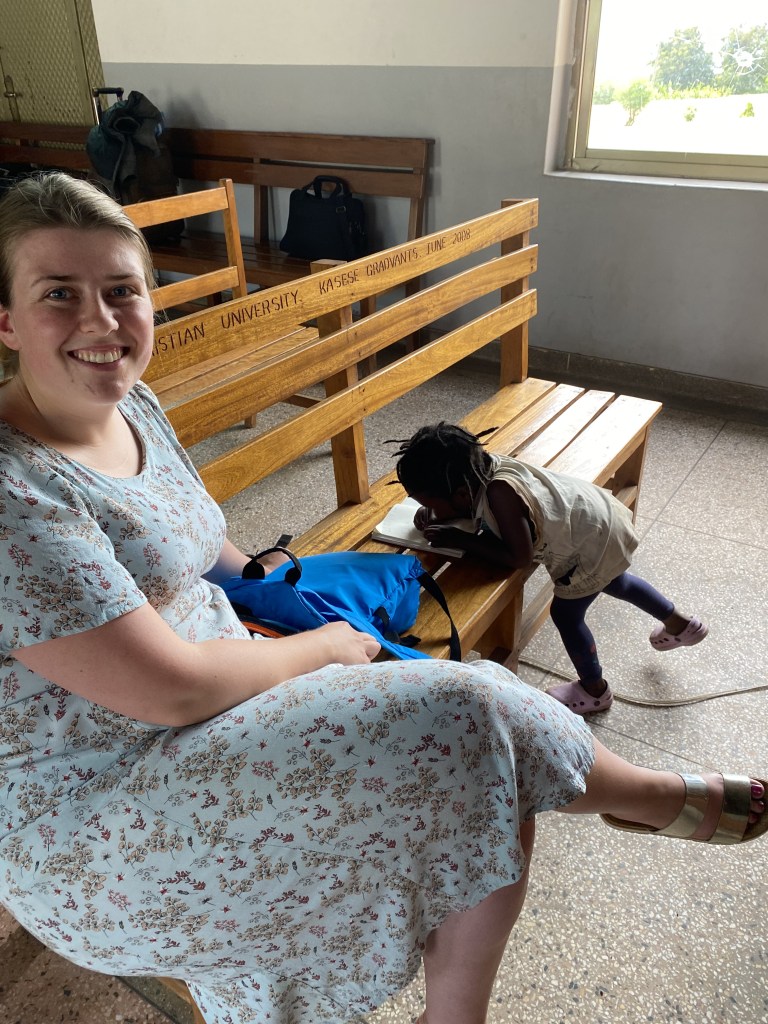

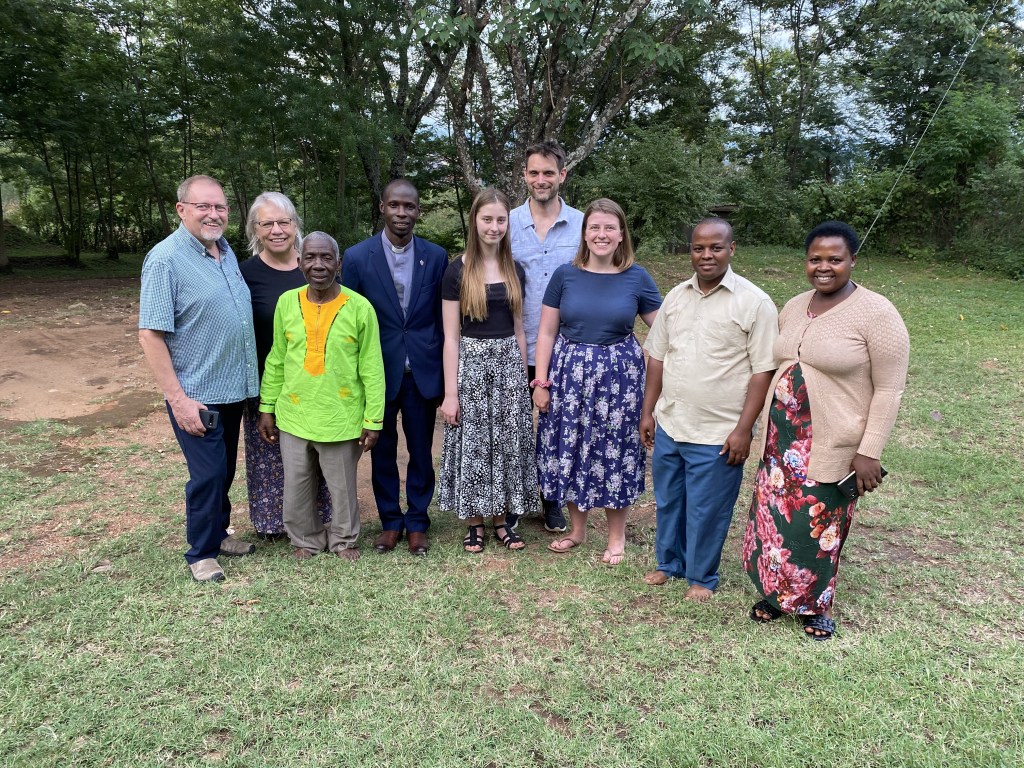

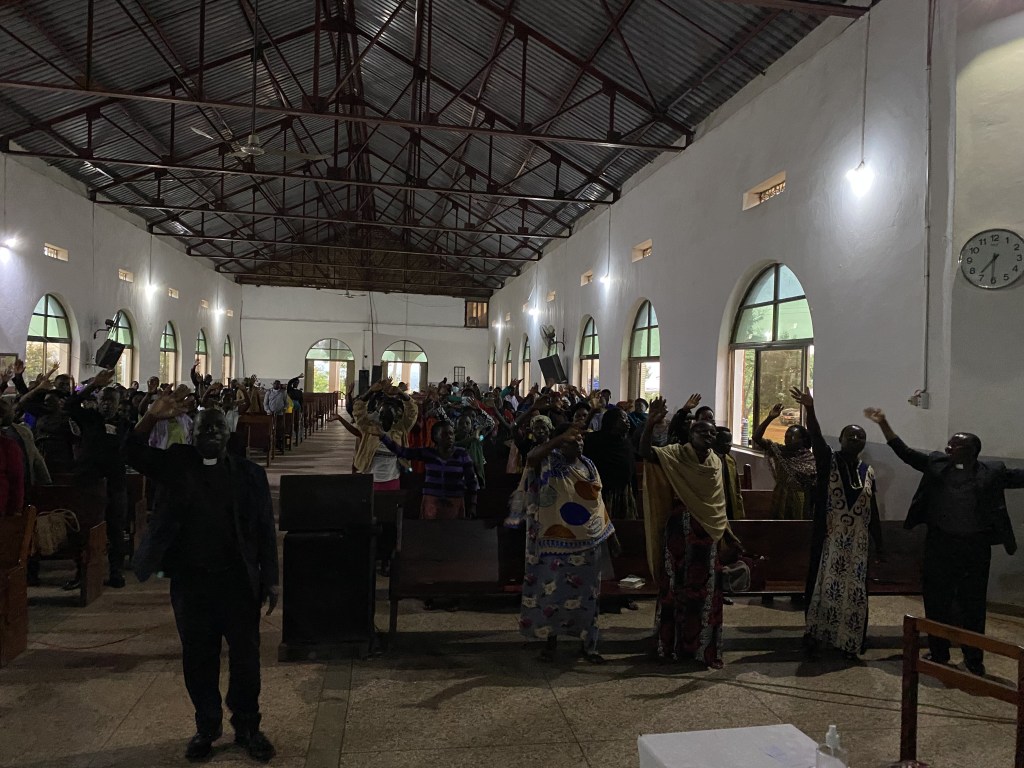

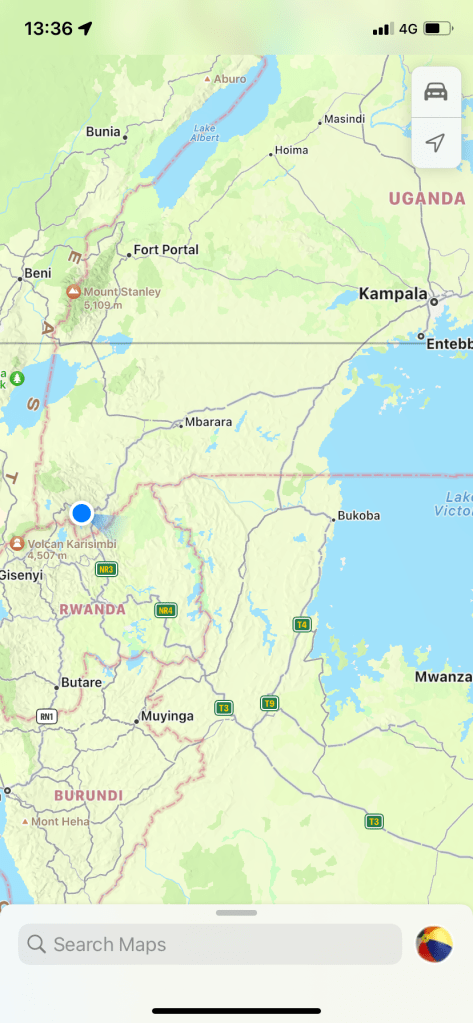
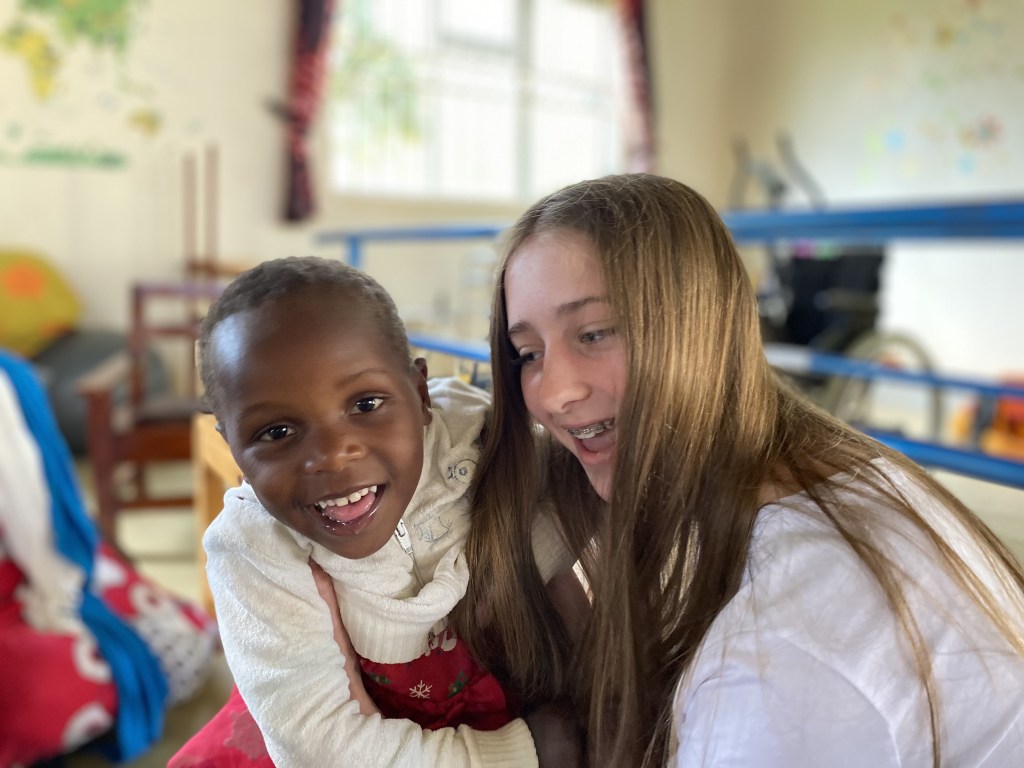

Brilliant report – so glad you got to do so much
LikeLike